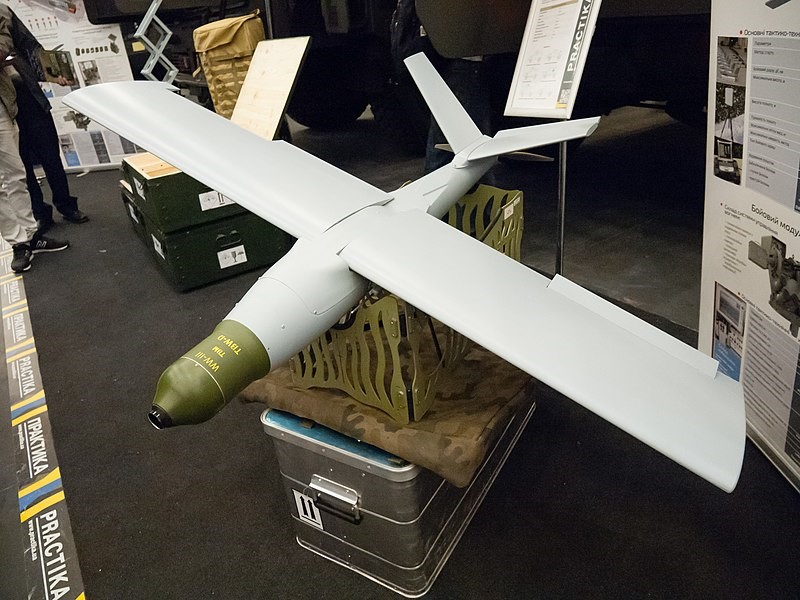Loitering munition is not a new phenomenon in contemporary warfare, still it has received more media attention only after the Nagorno-Karabakh War in 2020. Today, it is used heavily by both sides in the War in Ukraine and its importance is rising.
As a category, loitering munition fills the gap between Unmanned Aerial Systems (UAS) and cruise missiles respectively. It has an ability to maintain space in target area and conduct ISR, on the other hand, its “just” single-use weapon without missiles slots as opposed to the drones.
Capabilities provided to the military depend on the type and “tier” of loitering munition. Compact types such as the American Switchblade 300 can be operated by single soldier and serve exclusively for tactical purposes, considering its limited endurance (10 min and small penetrating power), while larger „kamikaze drones“ like Russian Lancet 3 with a range of tens of kilometers can also be used to destroy armored or valuable targets on operational level with cca 3,5 kilograms heavy warhead.
Due to shortage of long ranged weapons, Armed forces of Russia have acquired loitering munition (among other systems) from Iran in last months. The flag ship of this new acquisition is HESA Shahed 136 – “disguised” as so called Geraň 2 by Russian military. With the operational range of 1,000 kilometers and approximately 30-50 kg heavy warhead, Shahed 136 offers Russian army capabilities it had lacked so far. Moreover, Iranian UAS is also exceptionally cheap which opens up the possibility to buy and deploy hundreds of them.
Shahed 136 has started to appear in the theatre in September. Initially, Russians used it regularly against military position, but their strategy changed soon and loitering munition was sent in large waves against energetic infrastructure in coordinating assaults together with cruise missiles all across the Ukraine. Now we witness the evolution in usage of loitering munition. In unrestricted war, which is Russian Federation waging in Ukraine, Iranian UAS´ are used with the intention to break the will of the civilian population and consequently to create an impact at the political-strategic level.
Despite inflicting terrible civilian casualties and destructing nearly a half of Ukrainian energetic infrastructure, purely military impact of Shaheds is questionable. Especially in the contrast to the HIMARS rocket launcher, Iranian loitering munition has so far had no significant impact of the dynamics of frontline. With western anti air systems, Ukrainians are also quite successful in neutralizing them. However as winter approaches there is a chance that the Russians will step up their “kamikaze drones” attacks again.
Author: Jaroslav Galba




